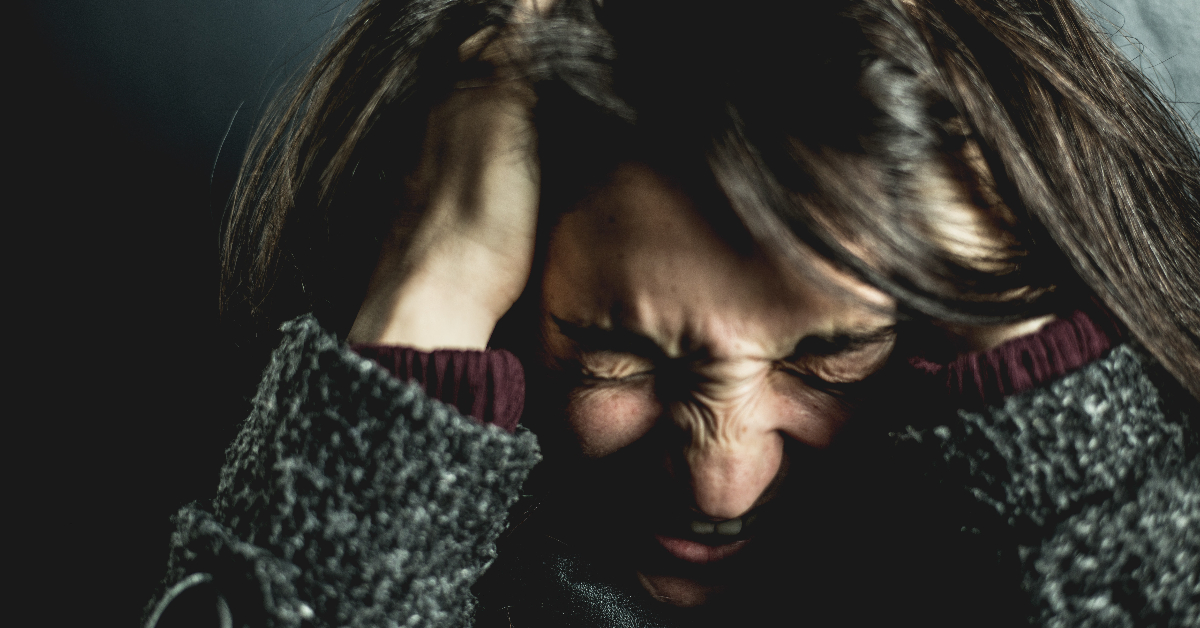Tremophobia is the name given to the fear of earthquakes and is characterized by presenting states of anxiety and persistent, excessive, and irrational fear of telluric movements.
Flor Gil Bernal, a specialist in the Department of Psychology at the Universidad Iberoamericana, assures that there are several types of responses after an earthquake:
- Stress: overcome almost immediately.
- Acute stress: attention decreases, consciousness is clouded, momentary amnesia, disorientation, tremors, aggressiveness, and restlessness occur, and can last for a few hours or up to four weeks.
- Post-traumatic stress:






